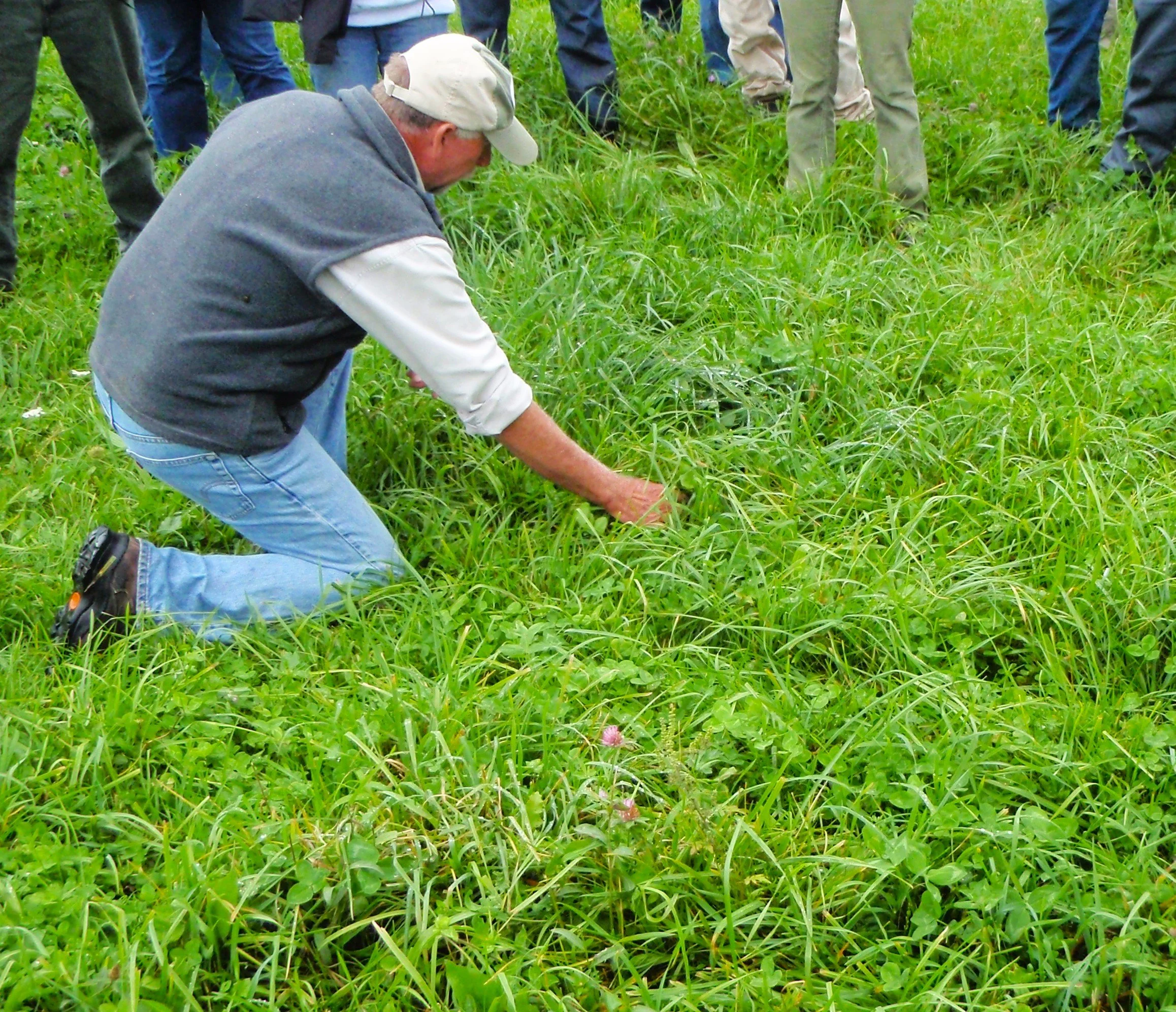How good is my pasture?
/We have one specific goal here, fatten up our animals as inexpensively as possible to make a tidy profit in exchange for our mental and physical labor.
Our side-mission is to give the animals a good life, sequester carbon, combat man-made climate change, and provide an ethical product for a diverse group of customers.
This is a detail explanation of one part of the Grass Whisperer Grazing System.
What is “good pasture”?
Good pasture serves several functions. Feed our animals, cut down our feed bill, cool the planet by pulling carbon out of the atmosphere, and create pastures for us to nap in. These different functions will progress at different speeds. Caring for land means embarking on a years-long effort to improve that land, and the lives of yourself and your livestock.
This blog post is part of a series of blogs, videos, and podcasts aimed at improving the management of our pastures. Every field, every batch of broilers, every flock of laying hens, every gaggle of geese, every flock of sheep, and every herd of cattle is important to this system.
While our individual efforts may be small, together (as small farmers) we represent a movement of people looking to the land and the soil to bring us a brighter future.
Definitions of Pasture Quality:
DME/AC-In = Dry Matter Equivalent for Every Inch of Pasture Growth within an Acre of Land
If you cut the grass with scissors, dried it in an oven, and then weighed it, what would that number be? That is your dry matter equivalent.
Do that math for every inch of grass you cut.
We want to cut out the water weight, and get right to the nutrients that your livestock are eating.
For every one inch of grass that is growing in your fields, there is a certain amount of animal feed produced. If you take the water out of that grass you get the dry matter equivalent.
Your animals are satisfied and happy because they eat that grass. You are satisfied as a farmer, because your animals are growing on feed that is powered by the sun.
Is the process working? That depends on how well you are measuring it.
Now, let’s break down the types of pasture.
Poor Pasture
Productivity: 0lbs DME/Ac-In (Zero Pounds, Ain’t doing sh**)
Visual Description: stunted plants, bare patches of soil, limited plant diversity
Soils: compacted, erosion evident, low water retention
Organic Matter: 0-2%
Past Management: continuous overgrazing, no rest periods, no soil amendments
Management Style: DGAF
This pasture has been continually grazed, without fences or restriction. The ruminants were given free reign to eat as they pleased, and the plants suffered over time because of it.
Fair Pasture Quality:
Visual Description: uneven plant growth, some bare spots, limited variety of species
Soils: somewhat compacted, signs of minor erosion, moderate water retention
Organic Matter: 2-3%
Past Management: occasional overgrazing, infrequent rest periods, moderate water retention, minimal soil amendments
Management Style: Gives a few fu**s, but not into intensive management yet
Average Forage Quality:
Visual Description: mostly even plant growth, few bare spots, moderate species diversity
Soils: slightly compacted, minimal erosion, good water retention
Organic Matter: 3-4%
Past Management: managed grazing with some rotation, regular rest periods, occasional soil amendments
Management style: Gives some fu**s, but is busy and management is hard
Good Forage Quality:
Visual Description: lush, even plant growth, high species diversity, no bare spots
Soils: well-structured, no erosion, excellent water retention
Organic Matter: 4-6%
Past Management: rotational grazing, appropriate rest periods, regular soil testing and amendments
Management style: Cares about the livestock, the plants, and the environment
How good is your pasture for livestock?
The most frustrating statement in farming is “it depends”. When it comes to measuring your pasture against another farm or AG research center, it will depends. What are you trying to achieve, and what are your variables while working toward that goal?
They’re going to be different for everybody.
The take-aways at the end of the day are:
Keep trying to improve yourself and your farm
You success only depends on you
No-one has perfected it yet, which means there’s plenty of room for you!




